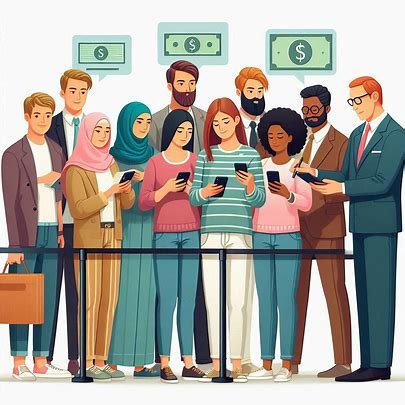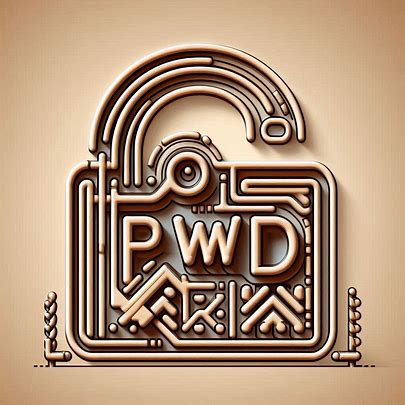Understanding DBT: Direct Benefit Transfer
What does DBT mean in full?
DBT full form is Direct Benefit Transfer. India’s government has implemented this system to reduce leakages and simplify the distribution of benefits.

The Genesis of DBT
Direct Benefit Transfers DBT program was launched by government on 1 January 2013 to Improve its delivery system. This included re-engineering of the existing process used in the welfare schemes. The primary goal of the scheme was to directly transfer subsidies to individuals through their bank account, reducing corruption and eliminating intermediaries.
What Does DBT Do?
The DBT is based on Aadhaar, a system of identification and extensive banking. This is a breakdown of the DBT.
- Identification of Beneficiaries The government will establish criteria for identifying eligible beneficiaries.
- Aadhaar Sewing. Aadhaar numbers are linked to the bank accounts of beneficiaries in order to avoid duplication and ensure uniqueness.
- Transparency is ensured by tracking the process in real-time. Accountability.
DBT – Benefits
Enhancing efficiency and transparency
Direct Beneficiary Transfers (DBT) can help reduce fund leakages and diversion. The Government can ensure that funds are transferred directly to the accounts of the recipients.
Financial Inclusion
The DBT scheme is a key component in India’s financial integration. By linking subsidies to bank accounts, millions of people have been able to gain access to financial services and products.
The integration of DBT with the banking system allows for real-time transaction tracking. Transparency helps identify and correct discrepancies.
Major DBT Schemes
- PradhanMantri Kisan Samman Nidhi (PM-KISAN): This Scheme is Useful for Supports farmers.
- The Mahatma Gandhi National Rural Employment Guarantee Authority: This Scheme is responsible for ensuring that rural workers receive their wages.
(FAQs) About DBT.
Q1: What exactly is DBT?
A: Direct benefit transfer, or DBT, as it’s also called, is its full name.
Q2: When was the DBT programme launched?
A: The DBT program was launched by government on 1 January 2013.
Q3: How does DBT promote financial inclusion for all?
A: DBT encourages integration of financial resources by linking the subsidies to beneficiaries‘s accounts.
Q4: What are the major DBT-based programs?
A: The DBT is a tool that can be used for major schemes such as the PradhanMantri ujjwalayojana, PradhanMantri kisan-samman nidhi and Mahatma Ghandi National Rural Employment Scheme (MGNREGA).
Q5: What are the challenges of DBT?
A: The DBT faced many challenges including inadequate rural banking infrastructures, digital literacy issues and delays with Aadhaar seeding.
Conclusion
Direct benefit transfer has revolutionized India’s distribution of benefits and subsidies. By leveraging technology and the banking network, DBT improved transparency and efficiency. As the government expands the scheme, DBT will become even more transparent and efficient.








